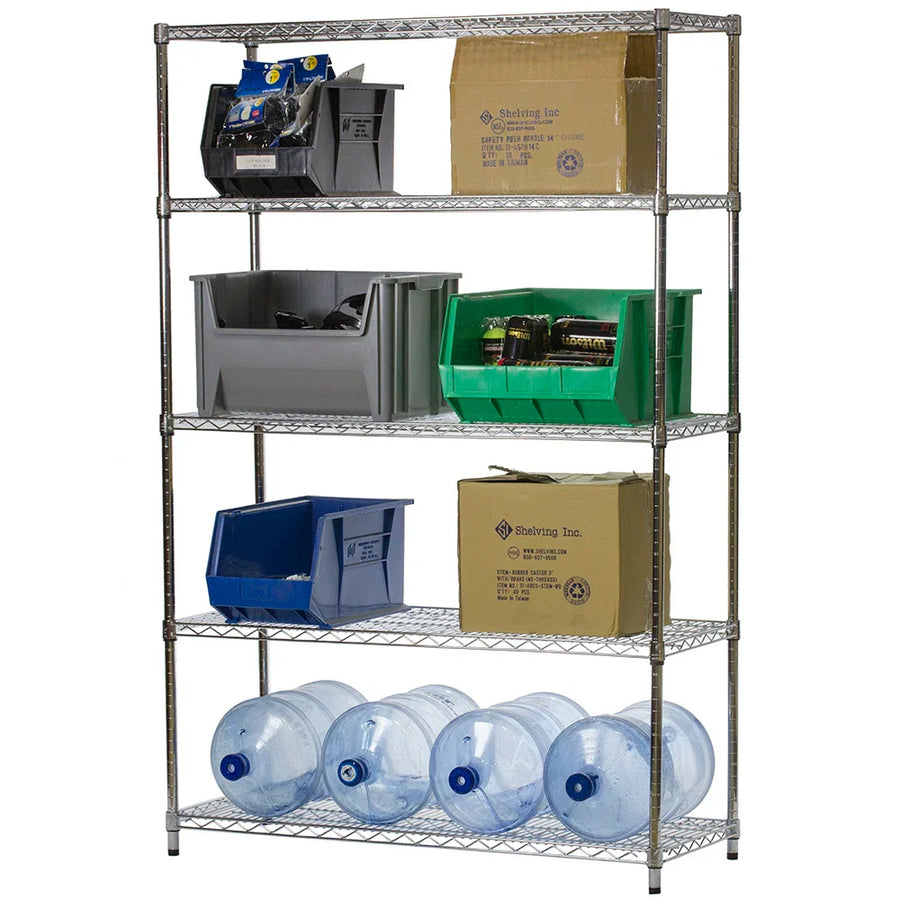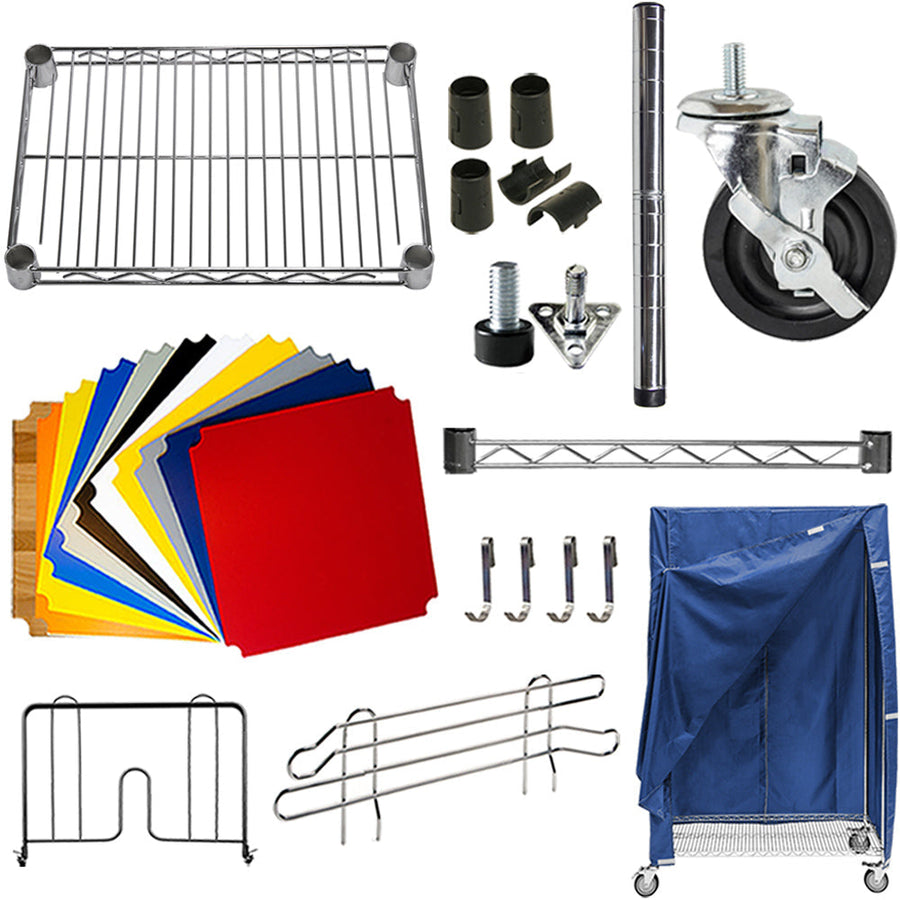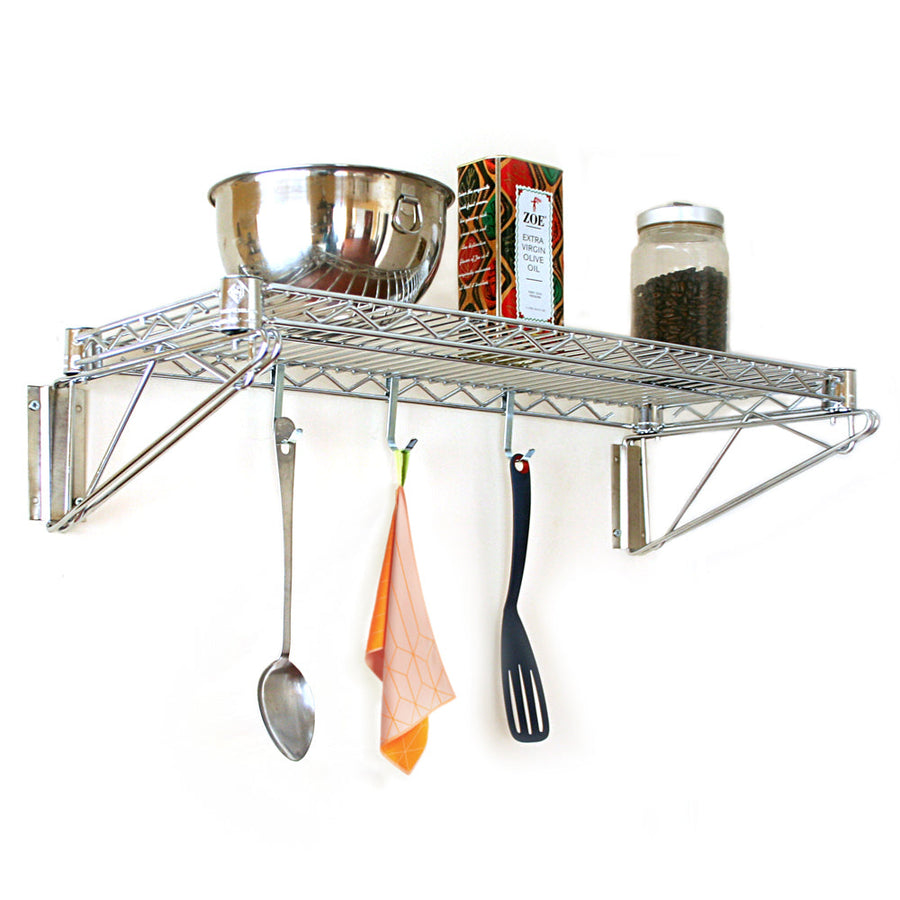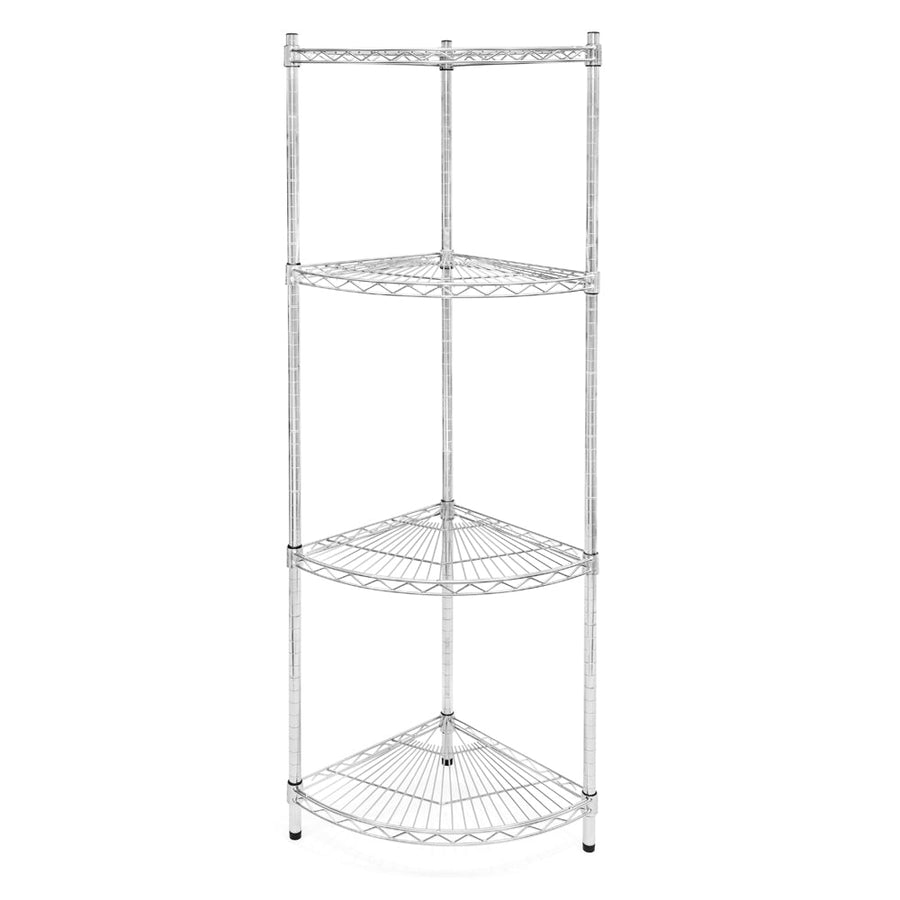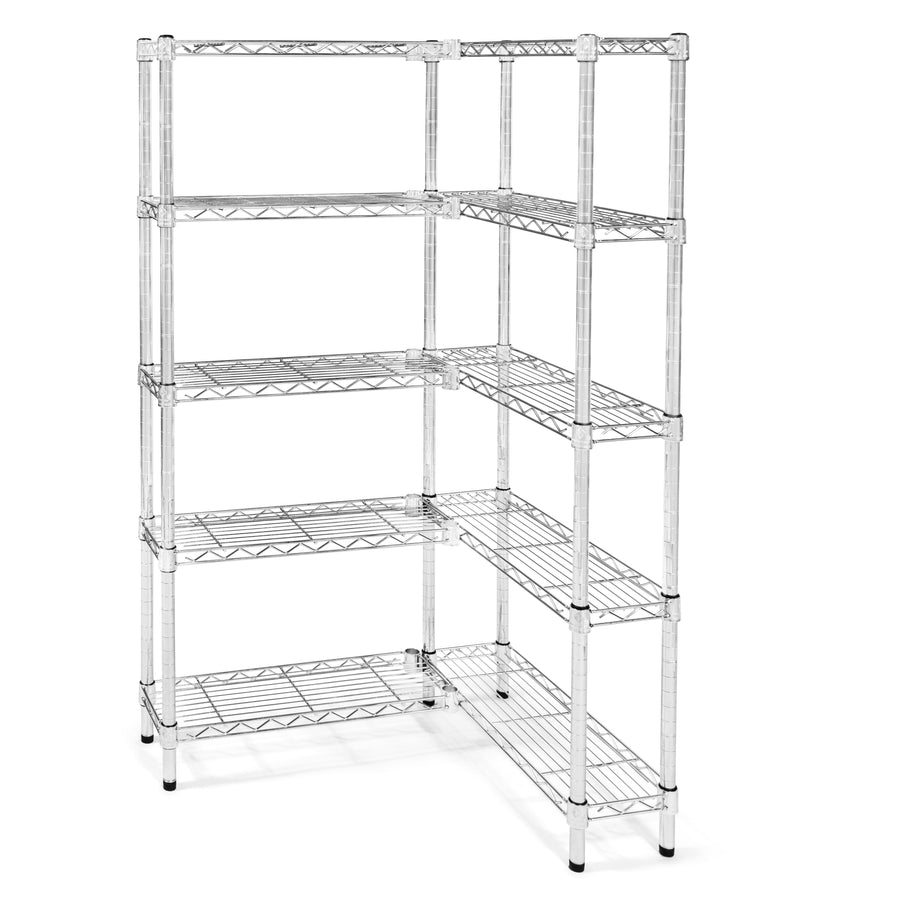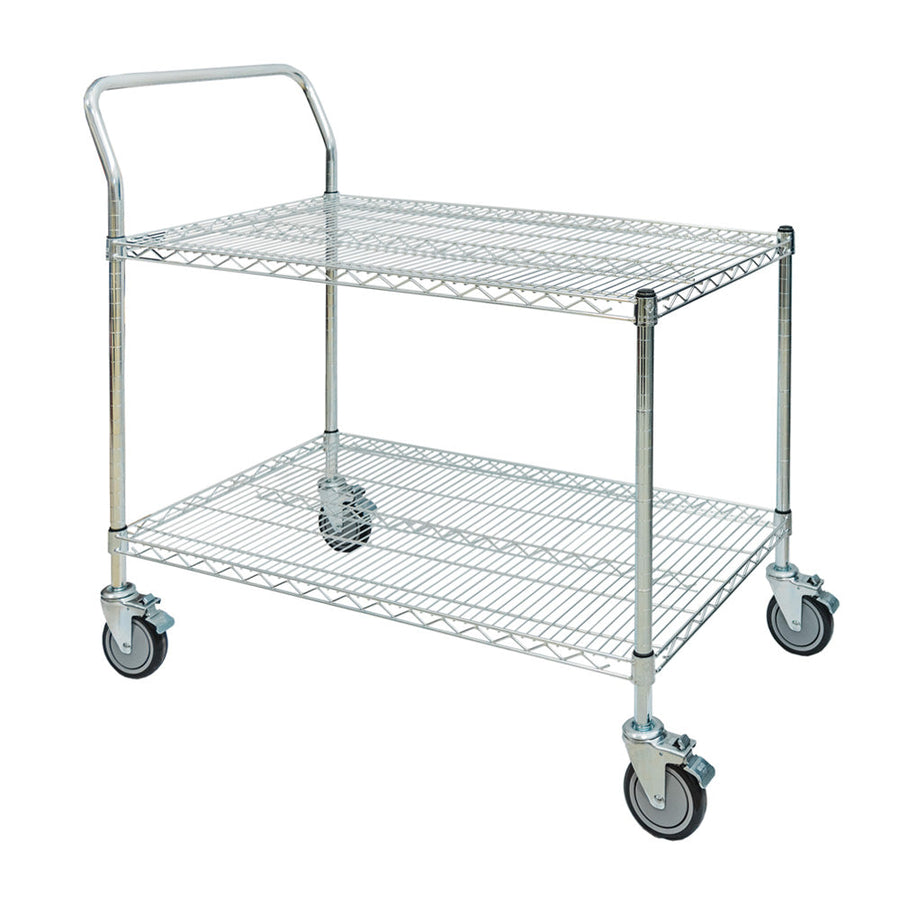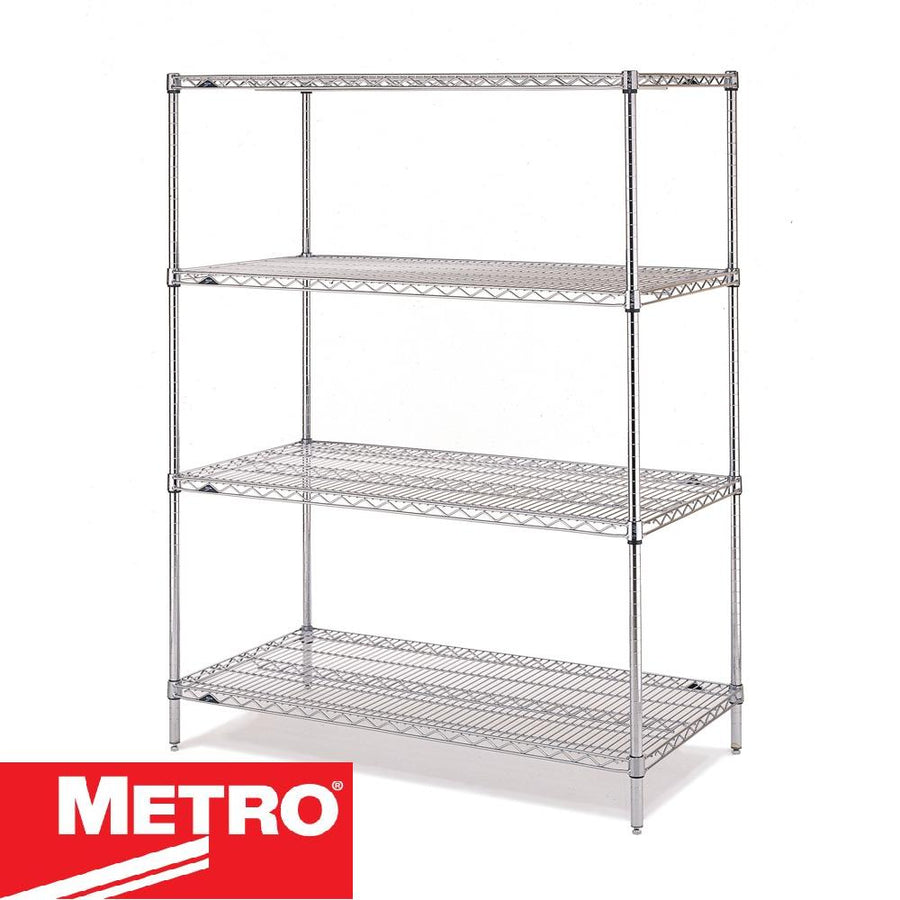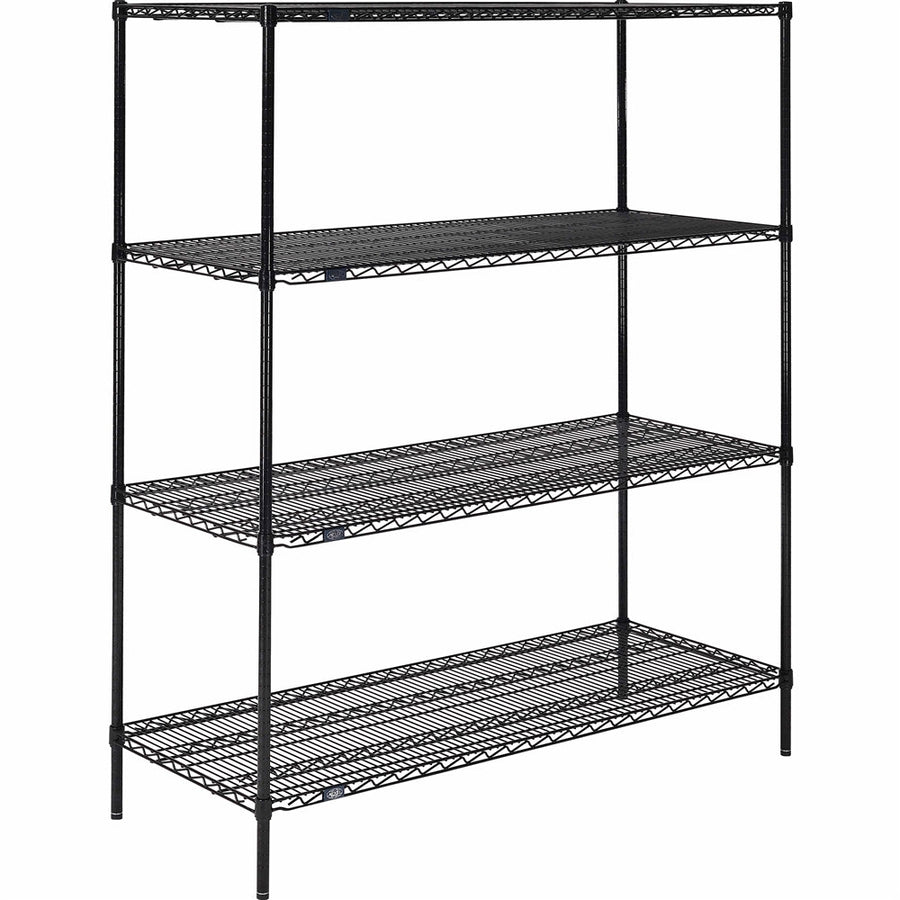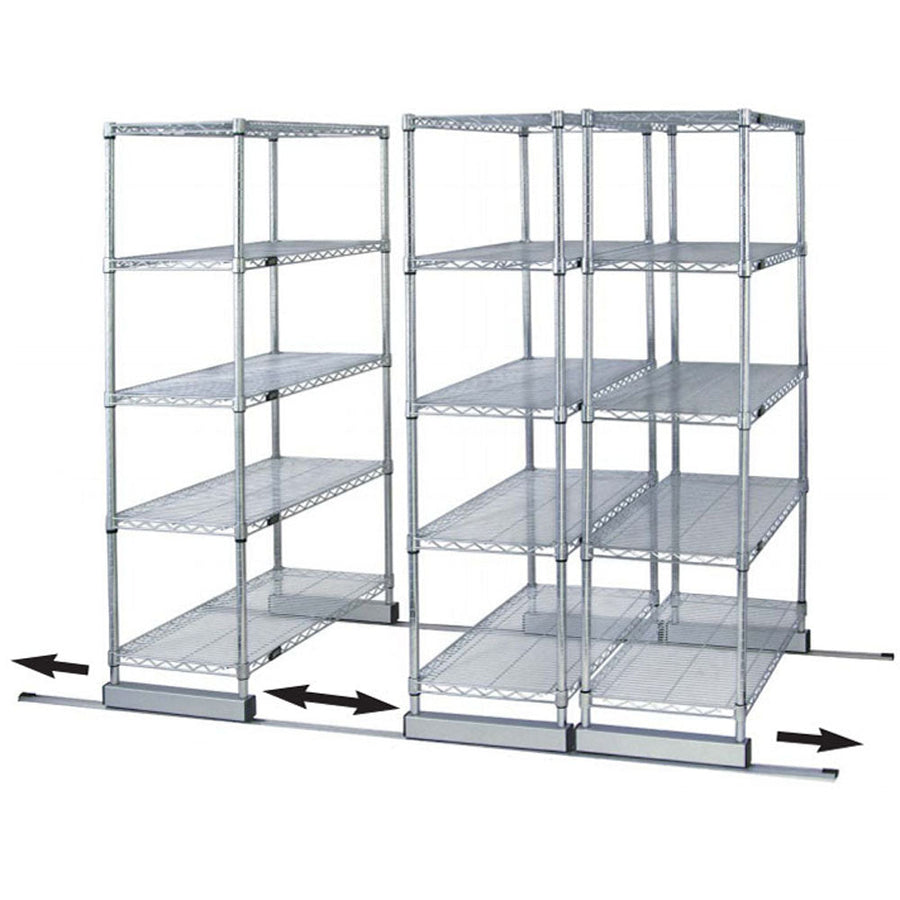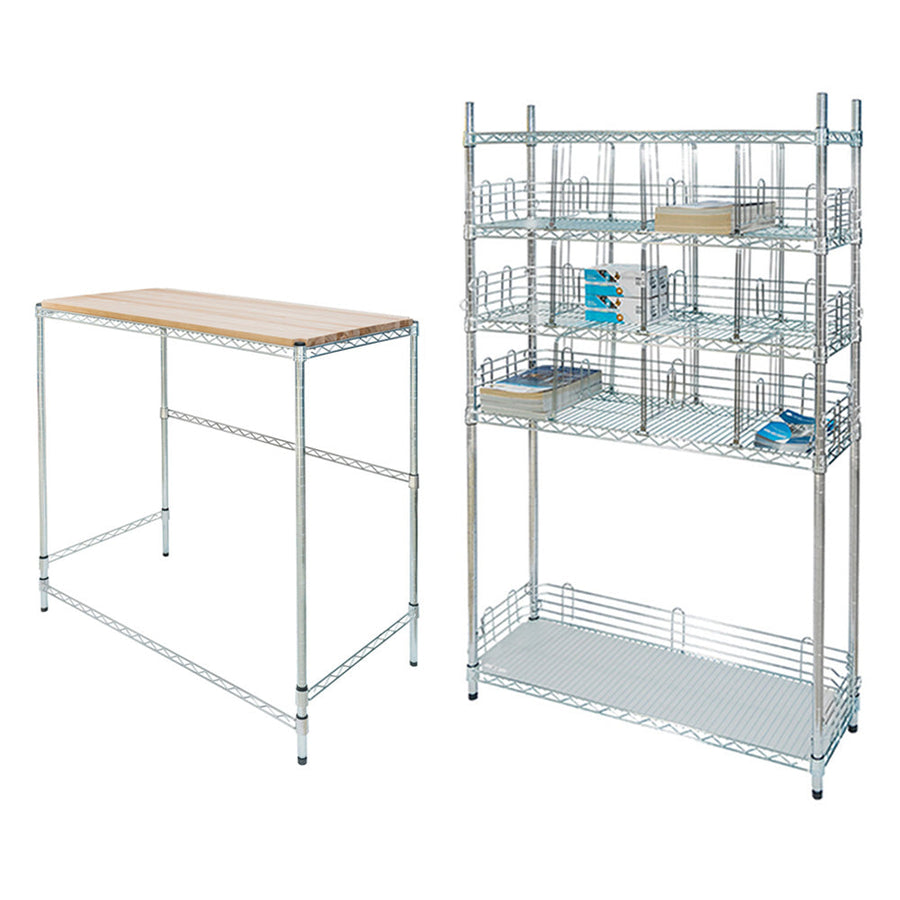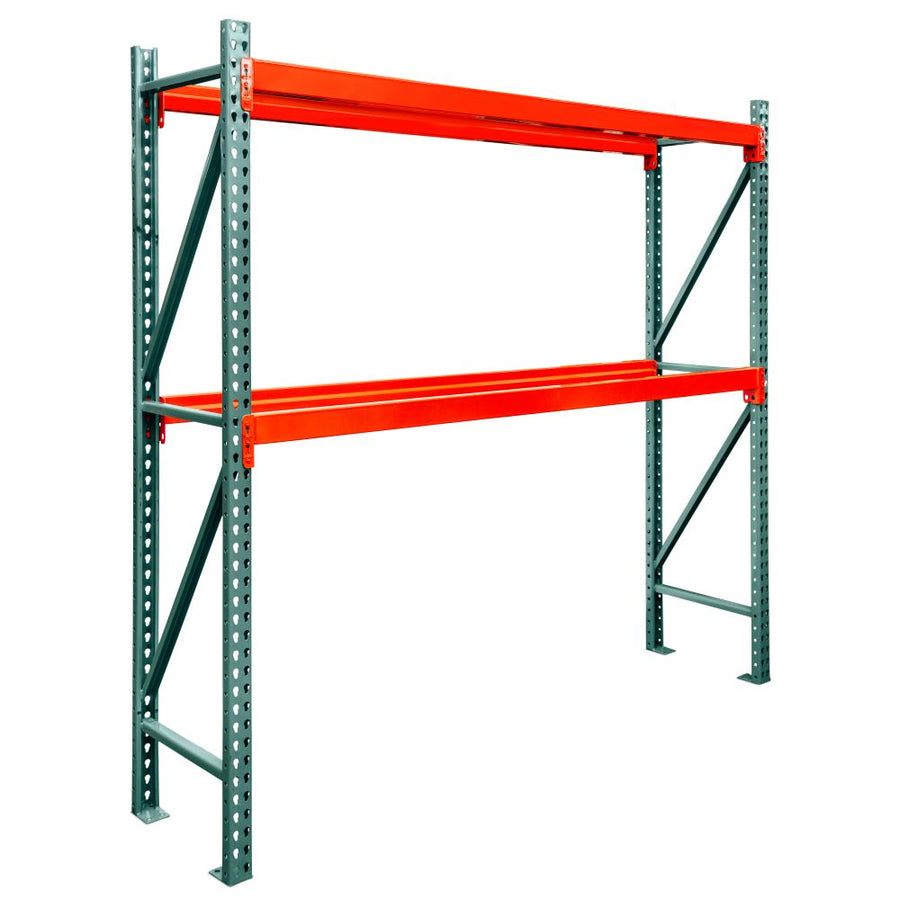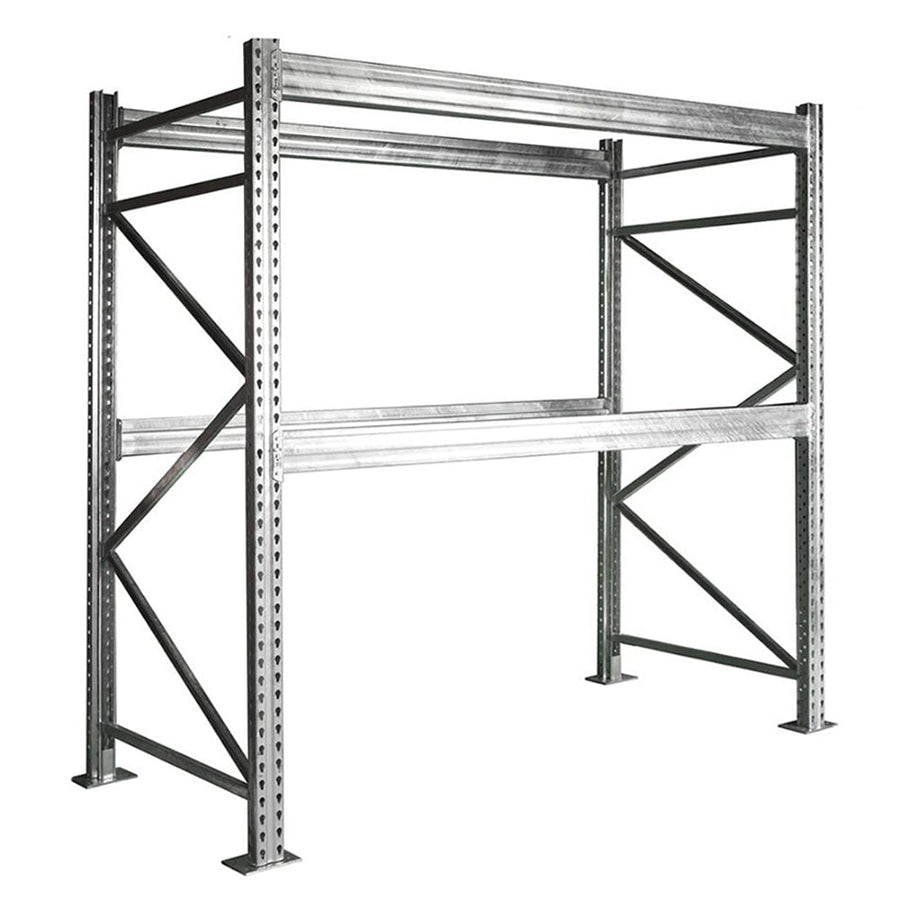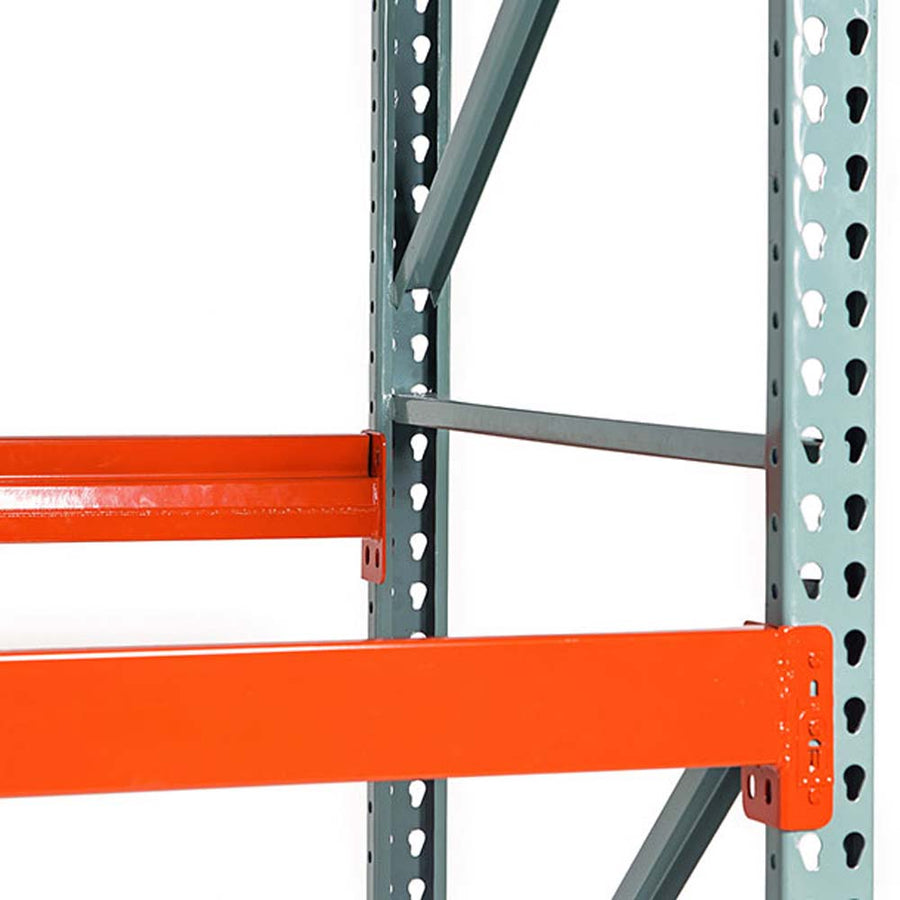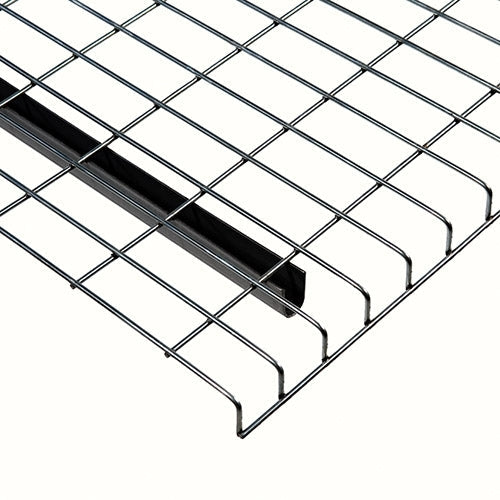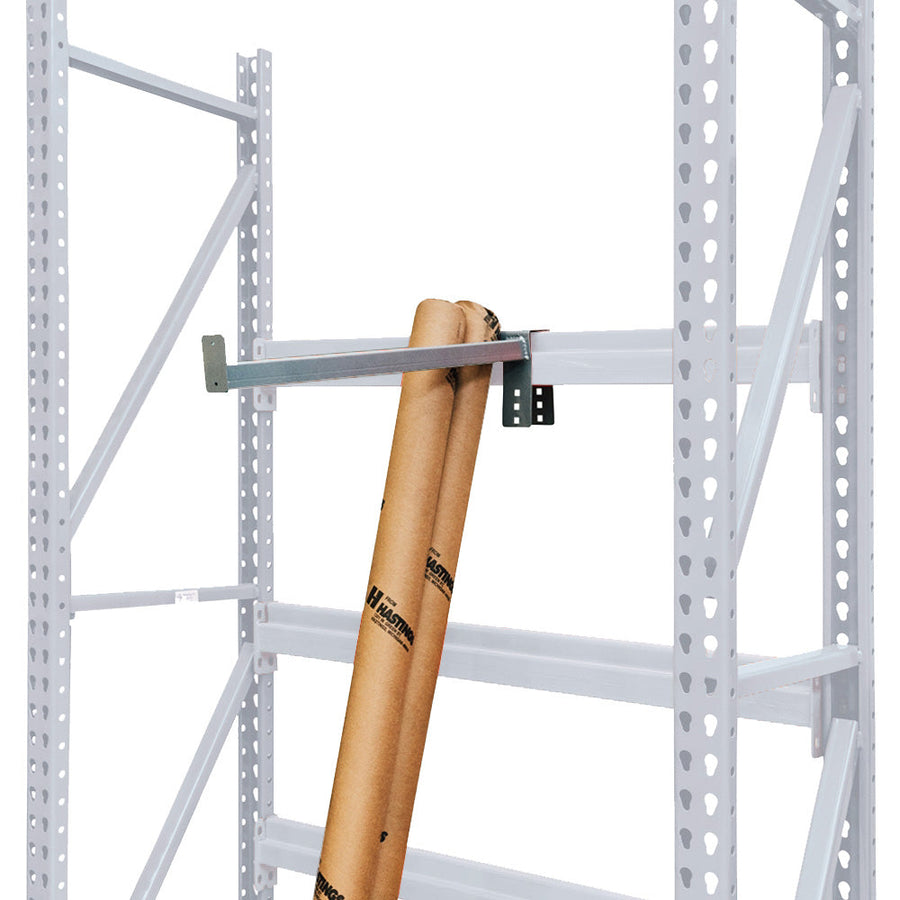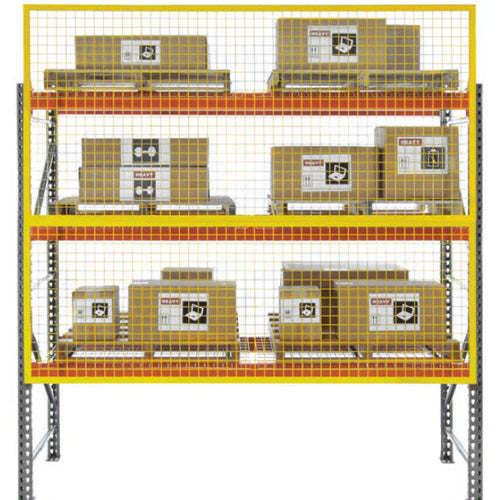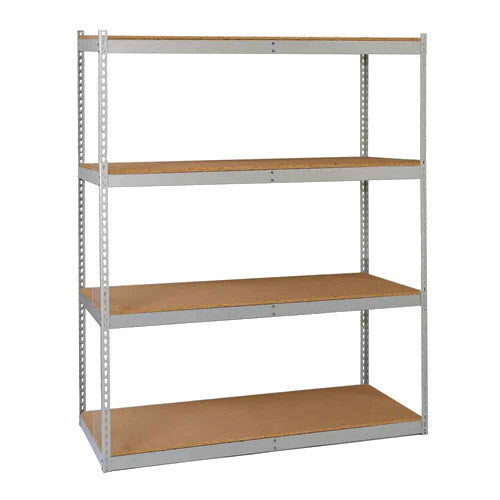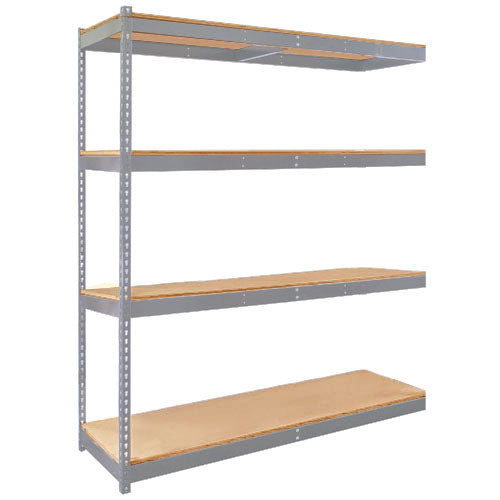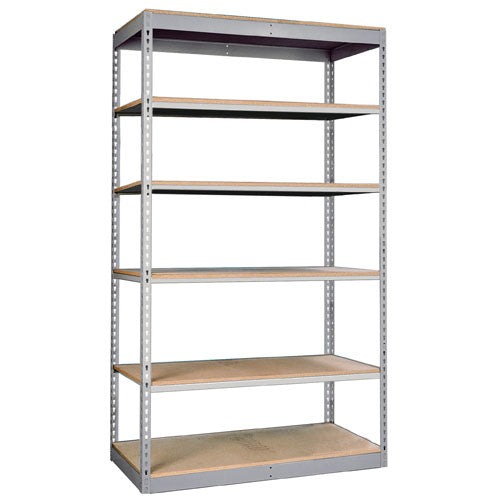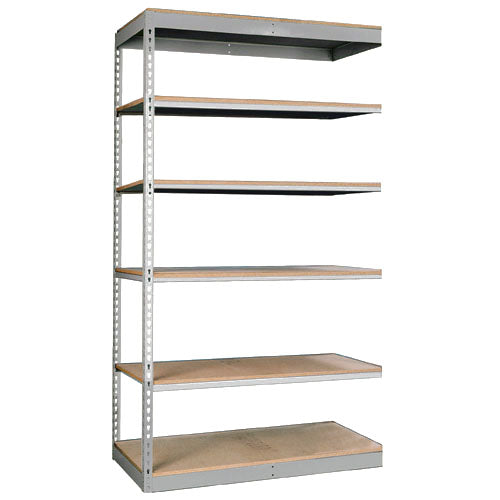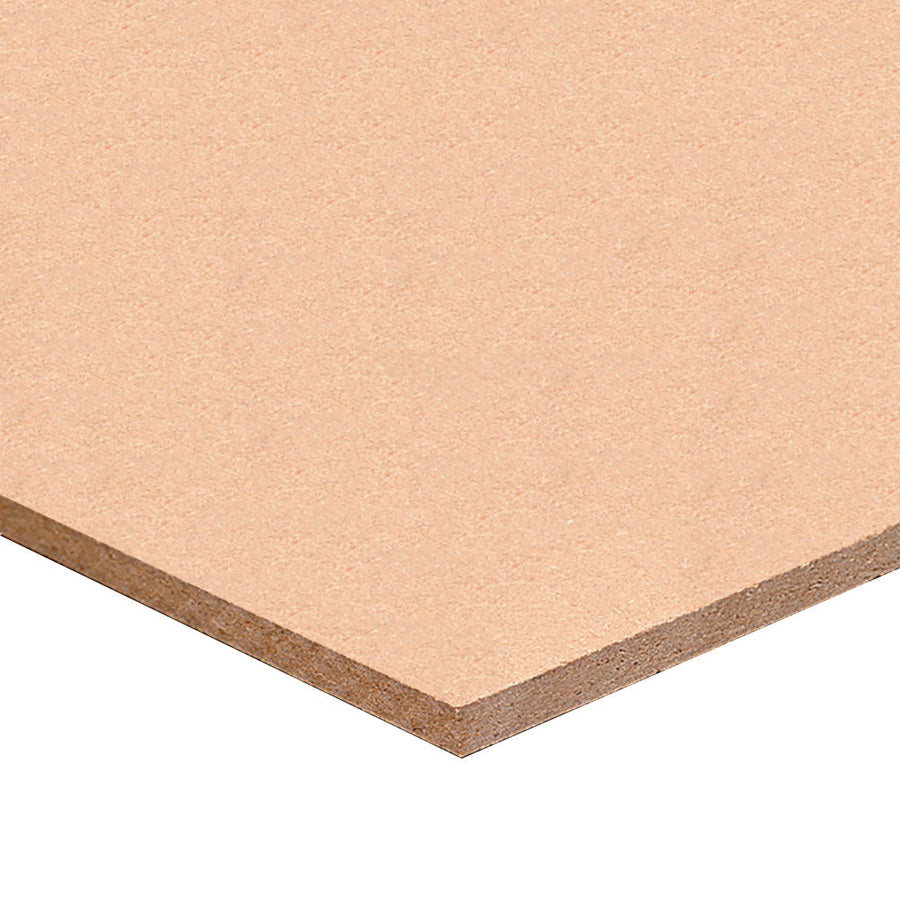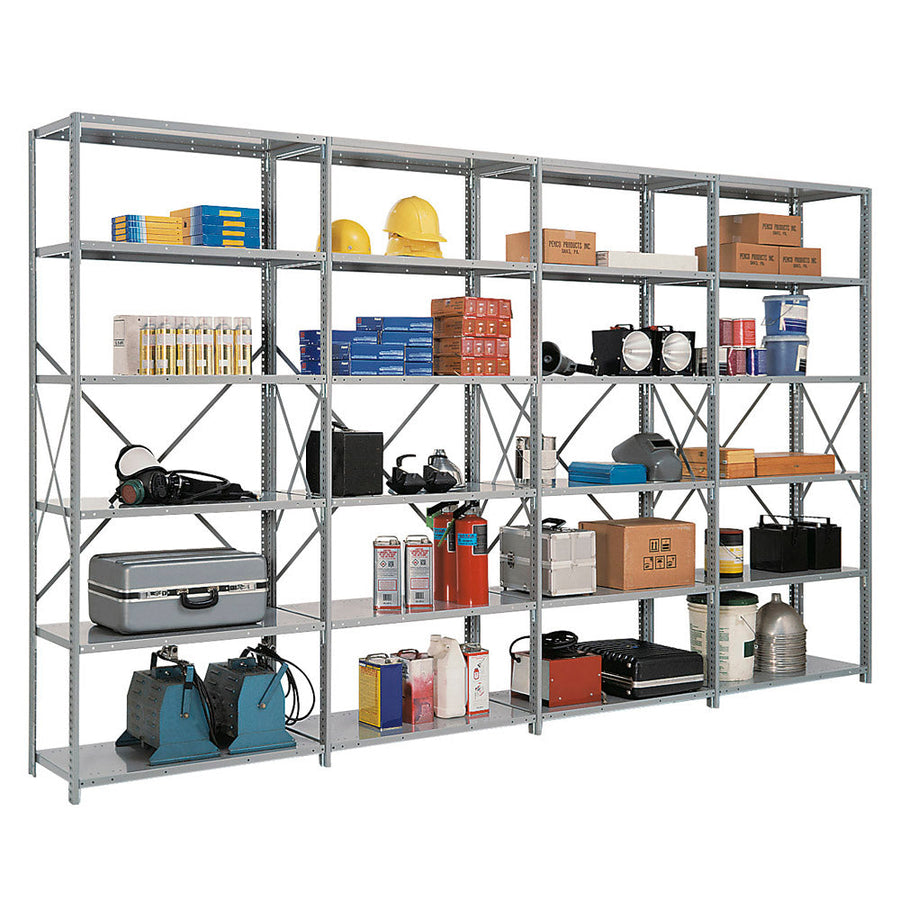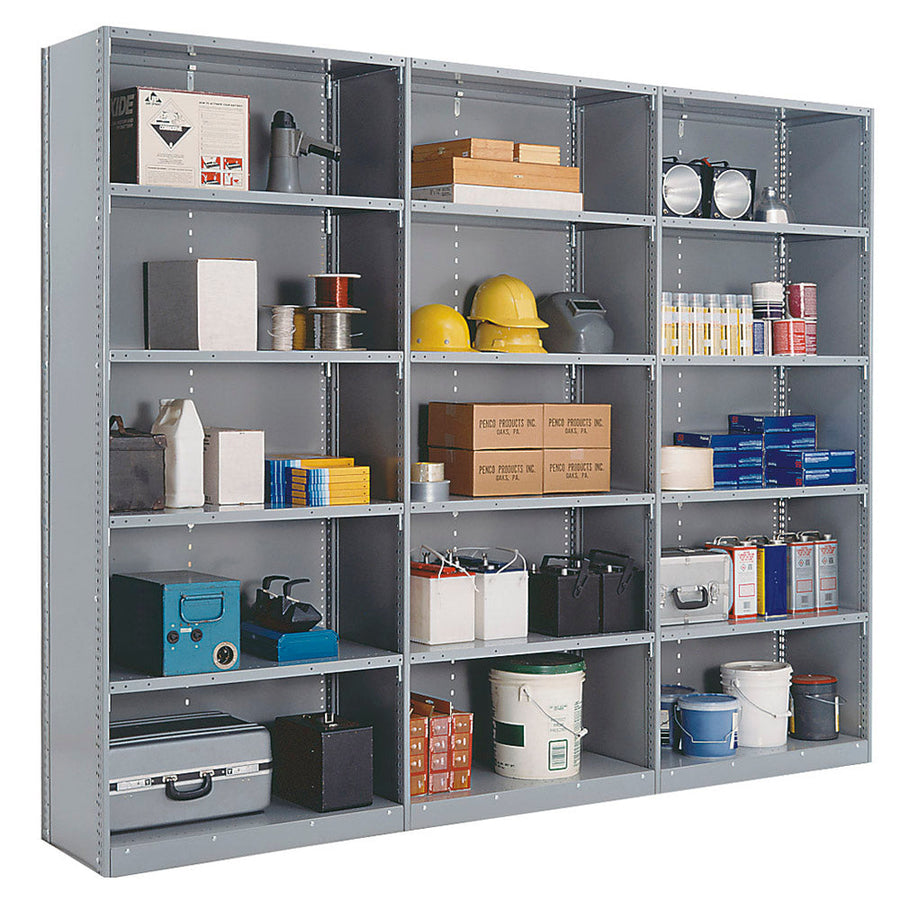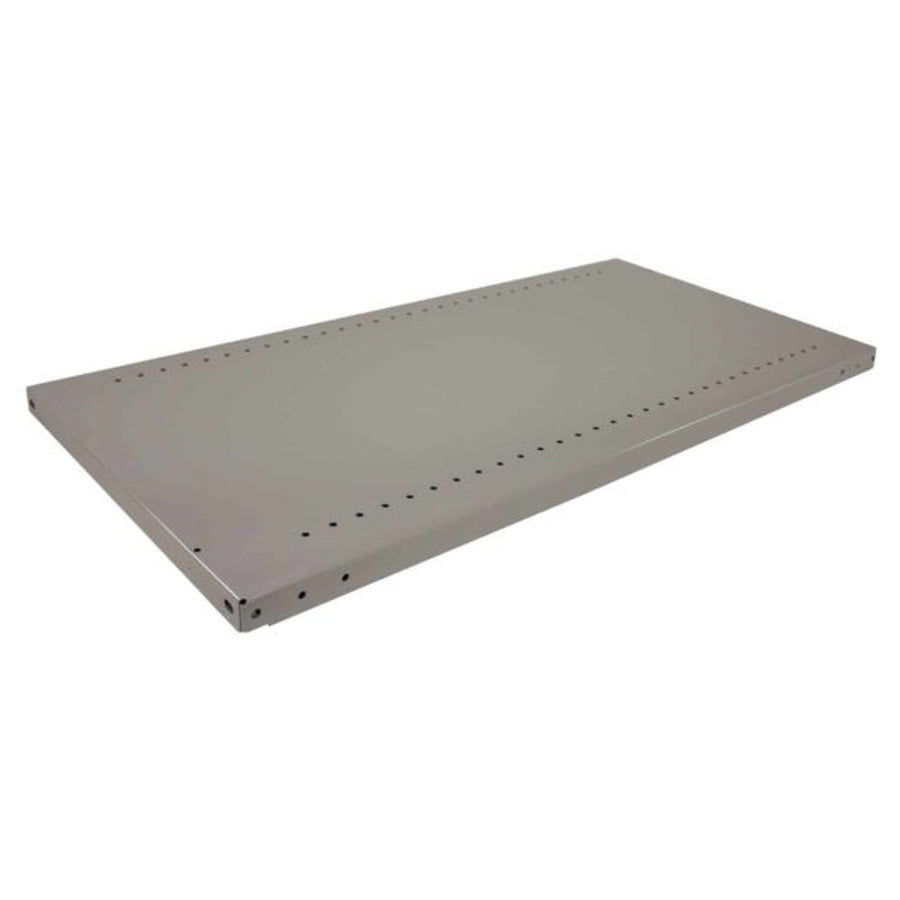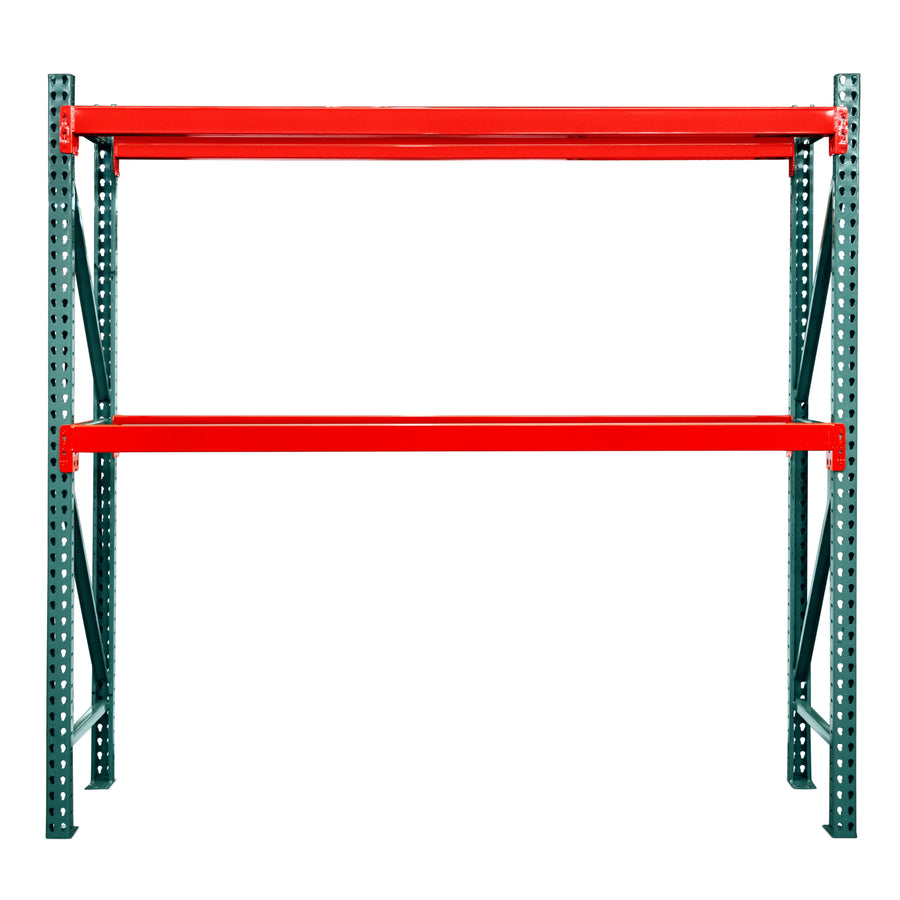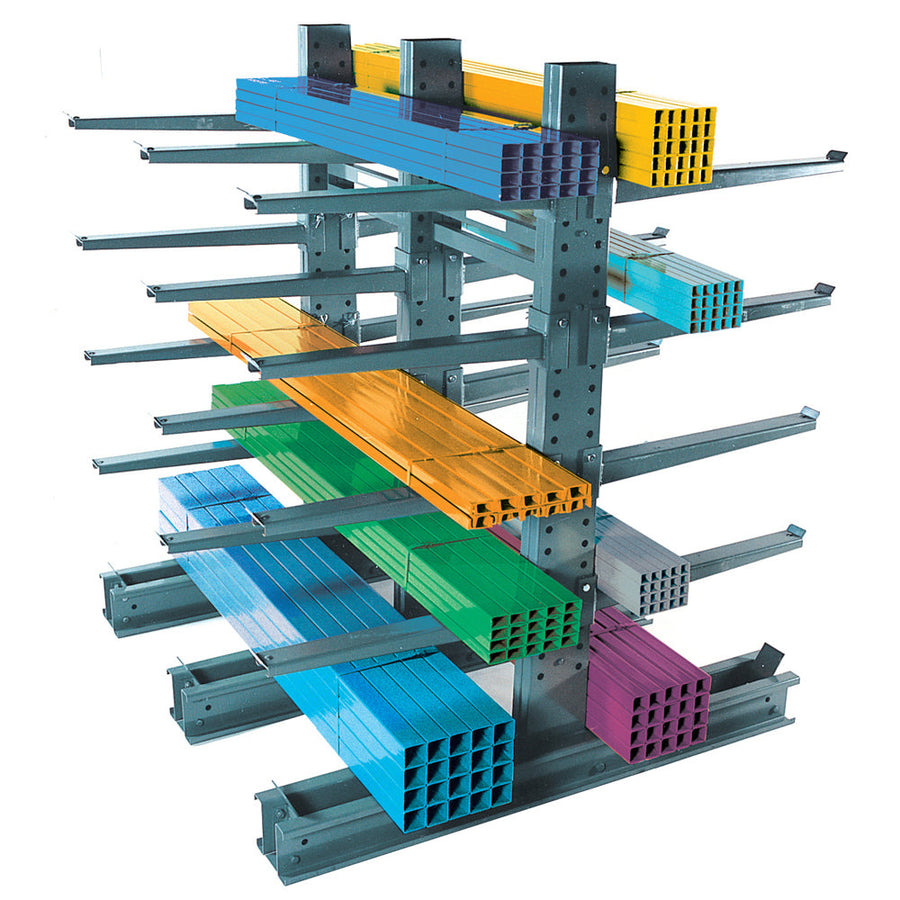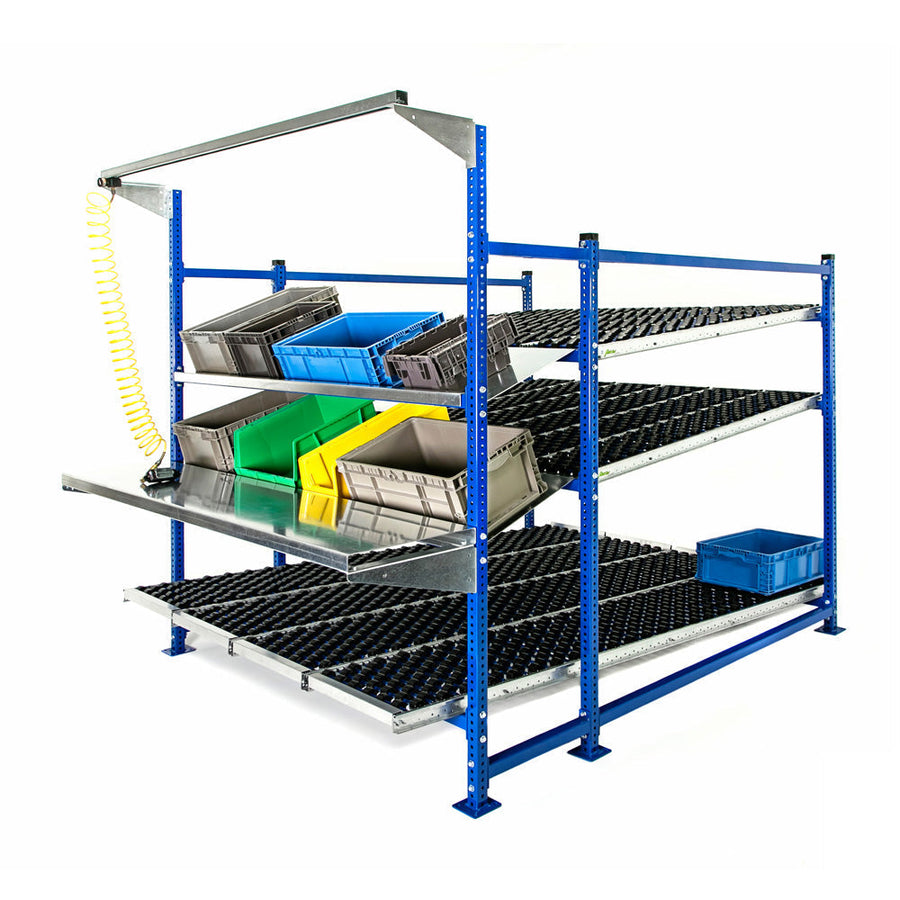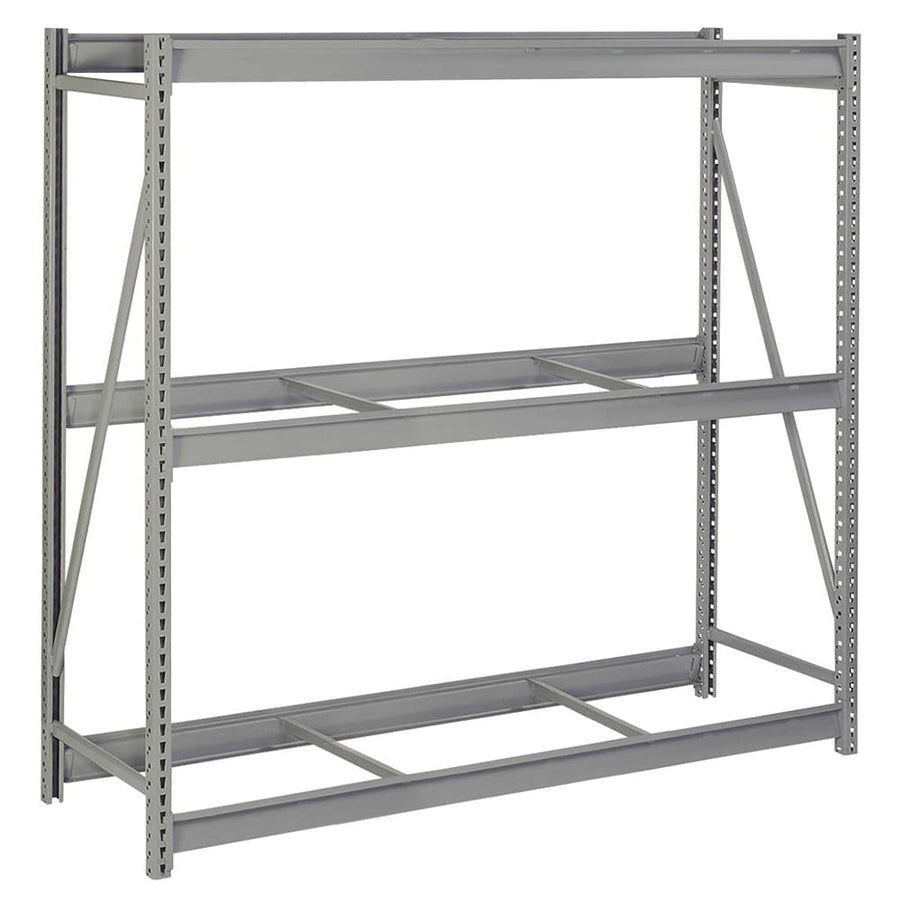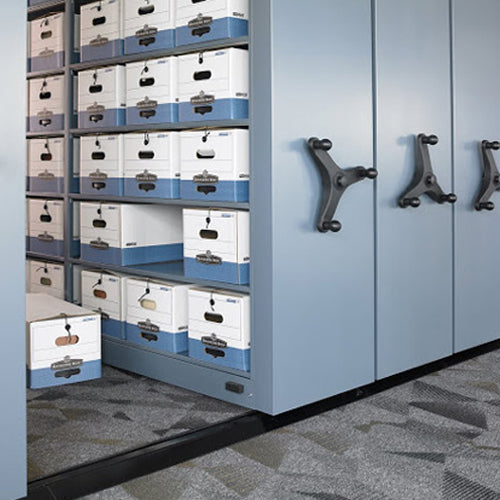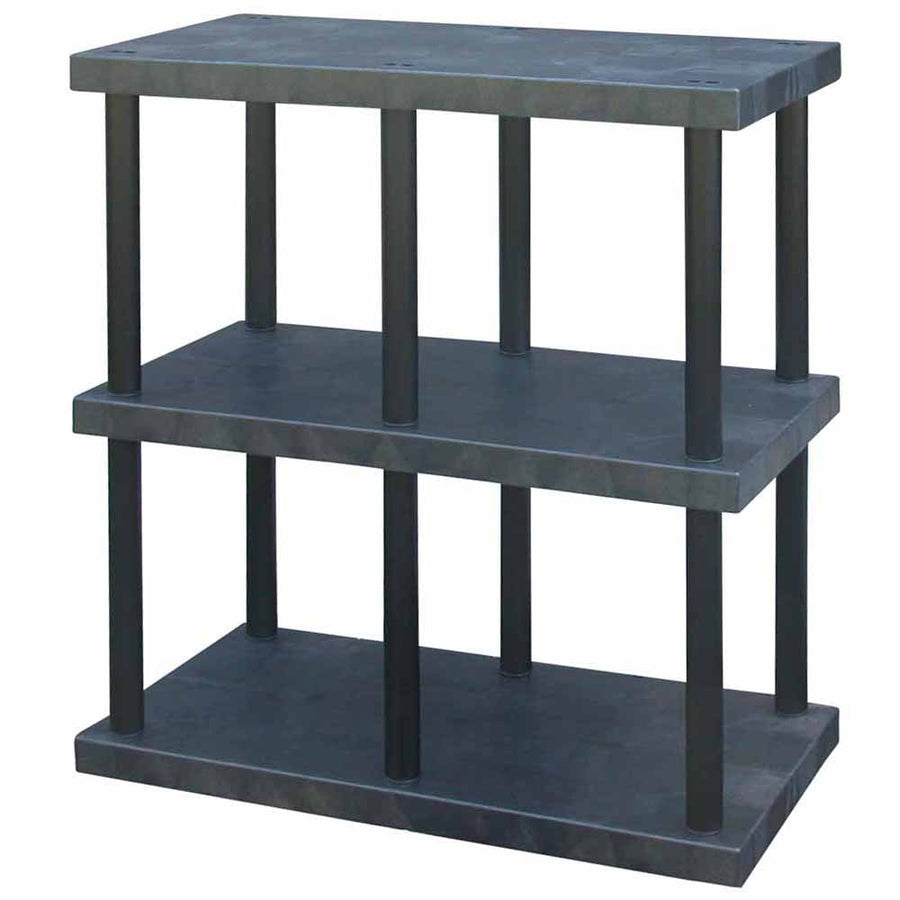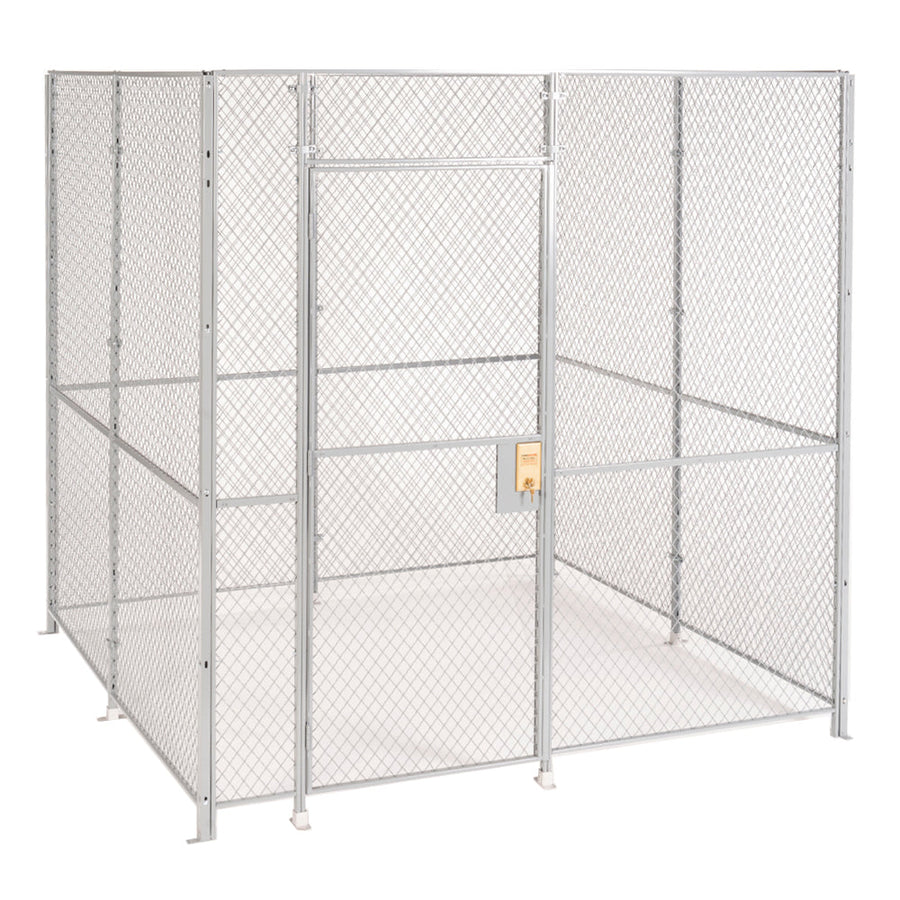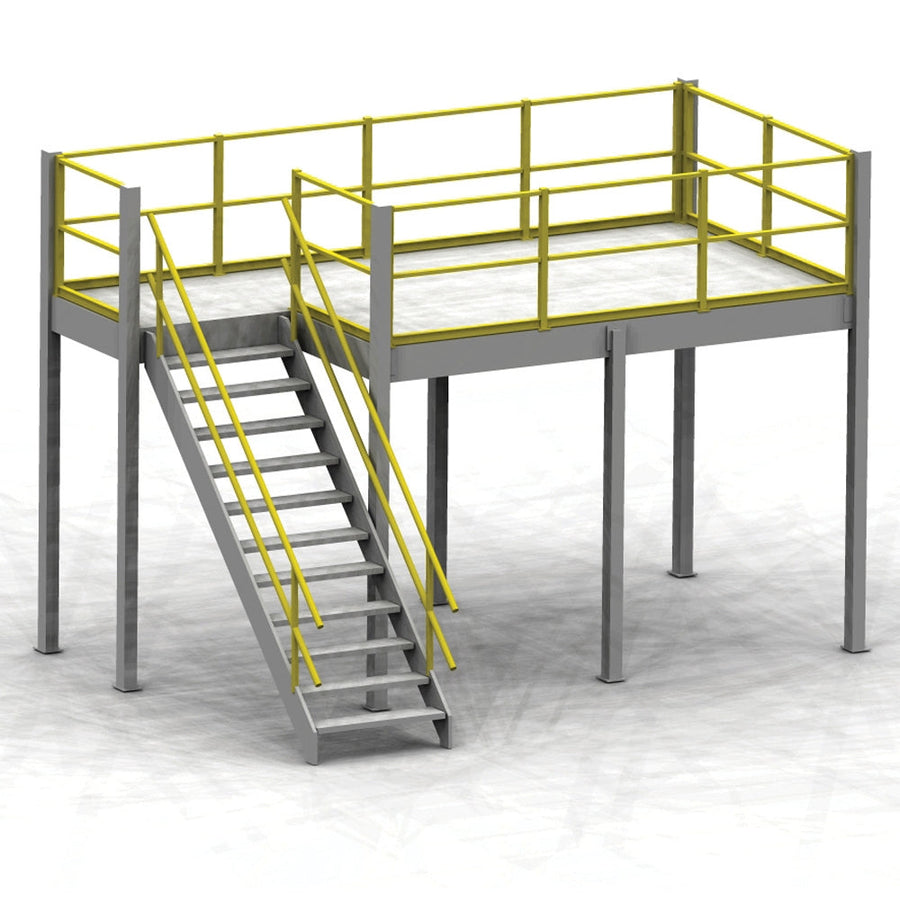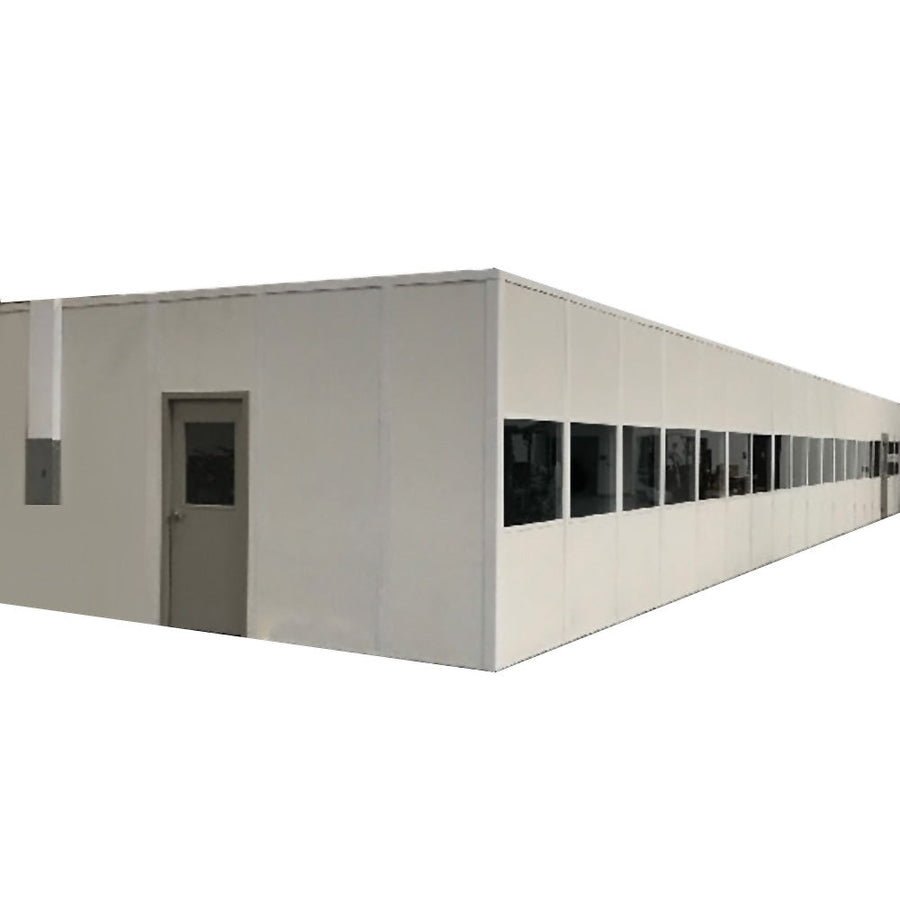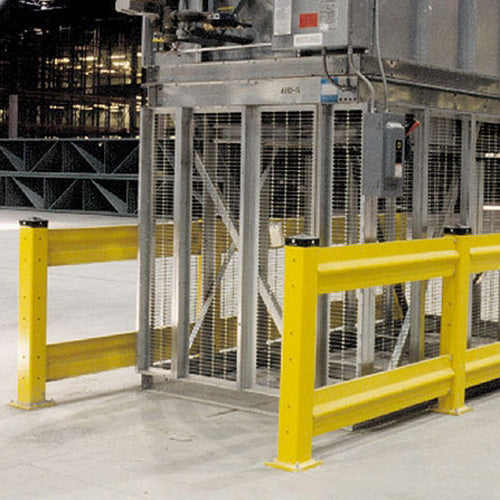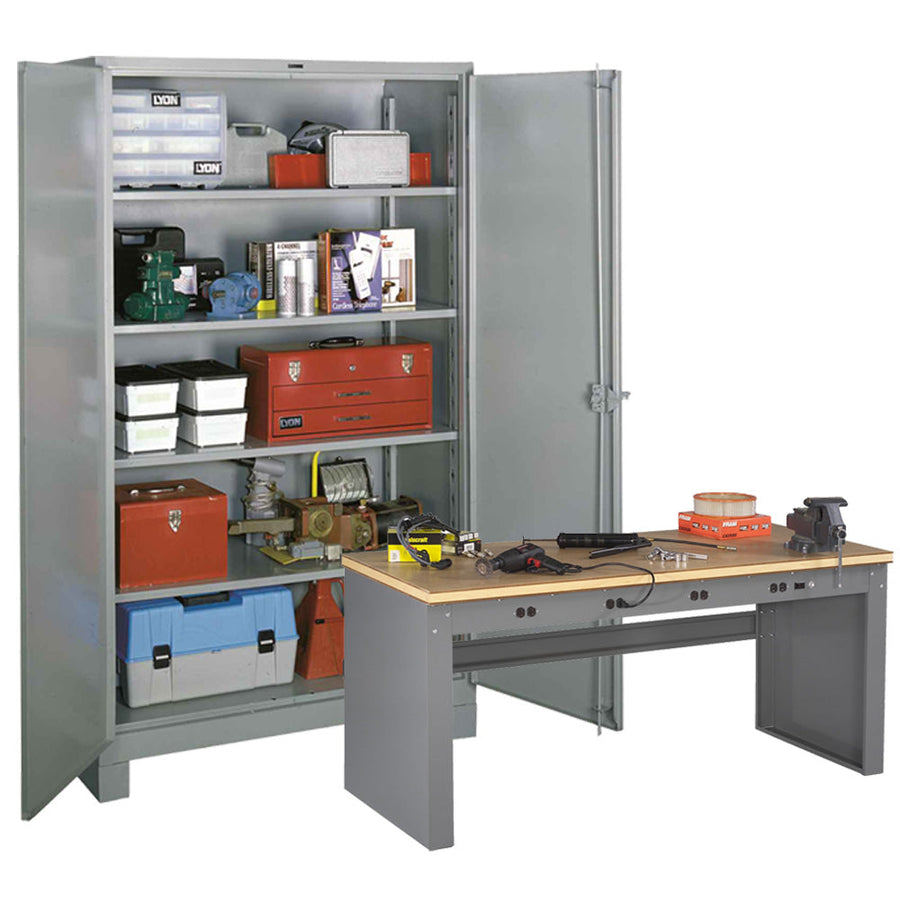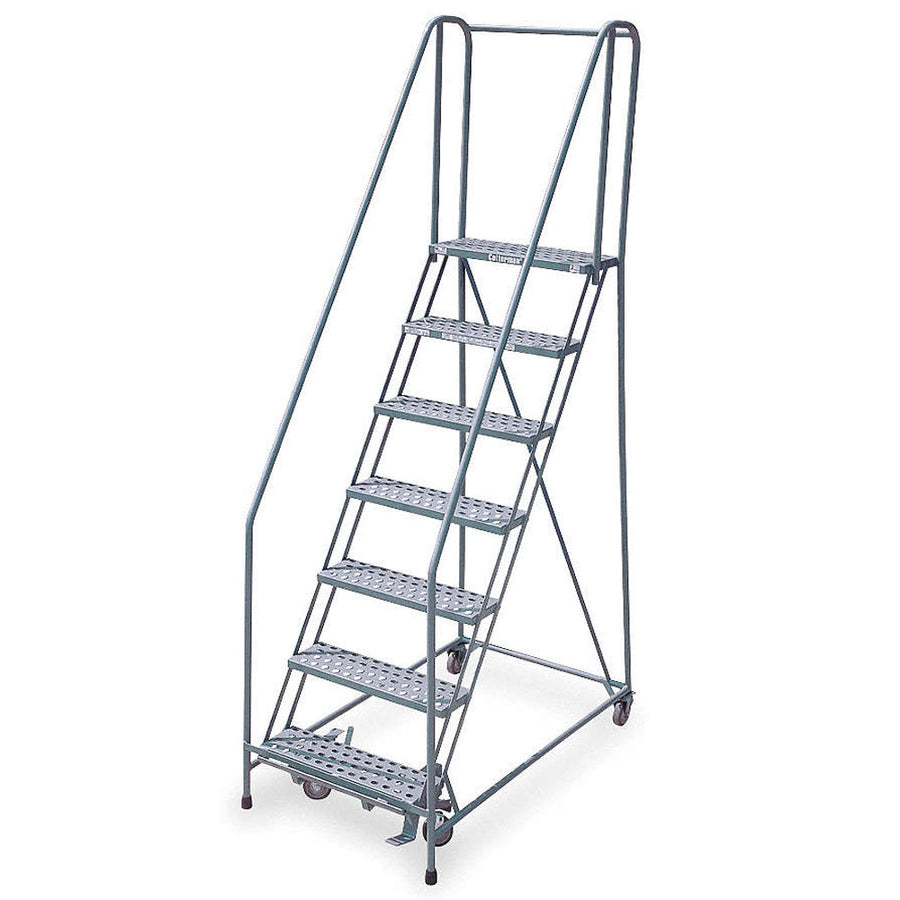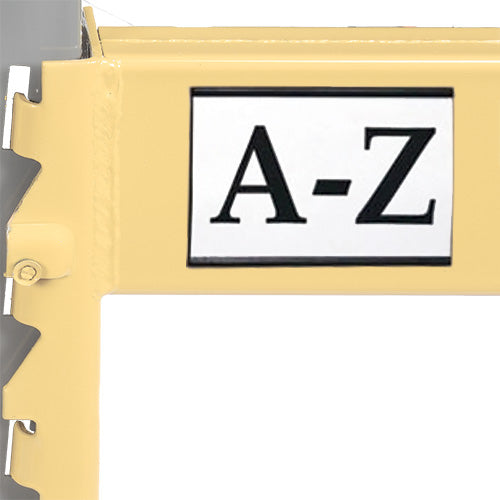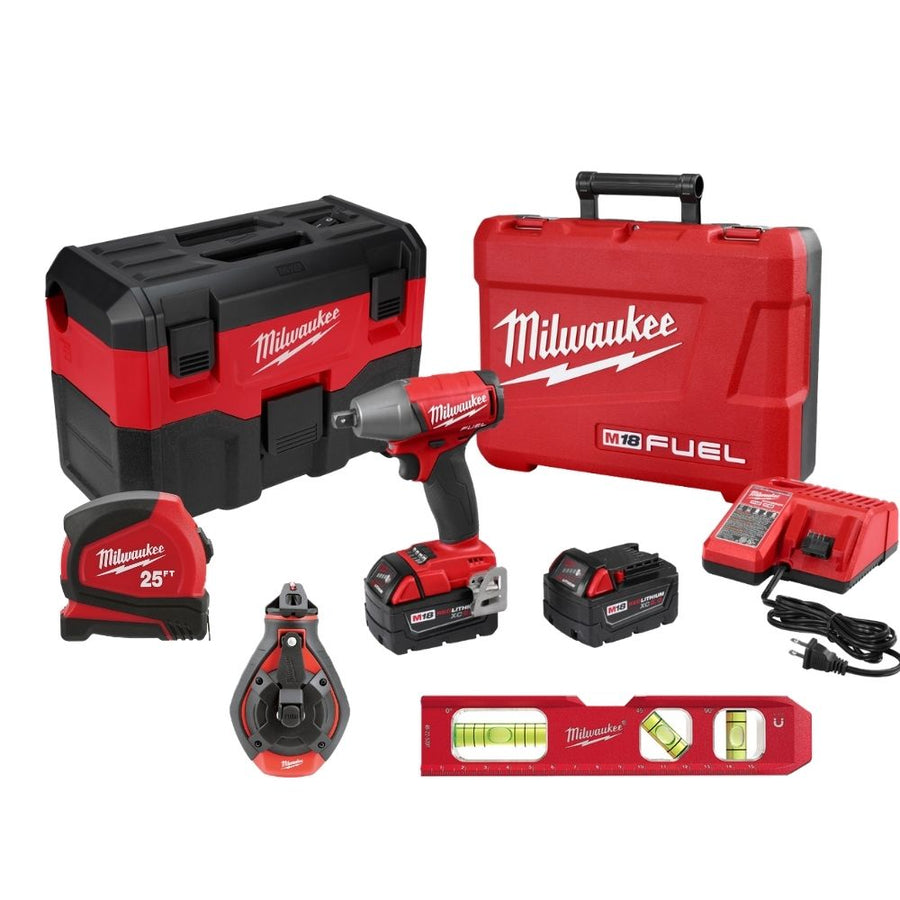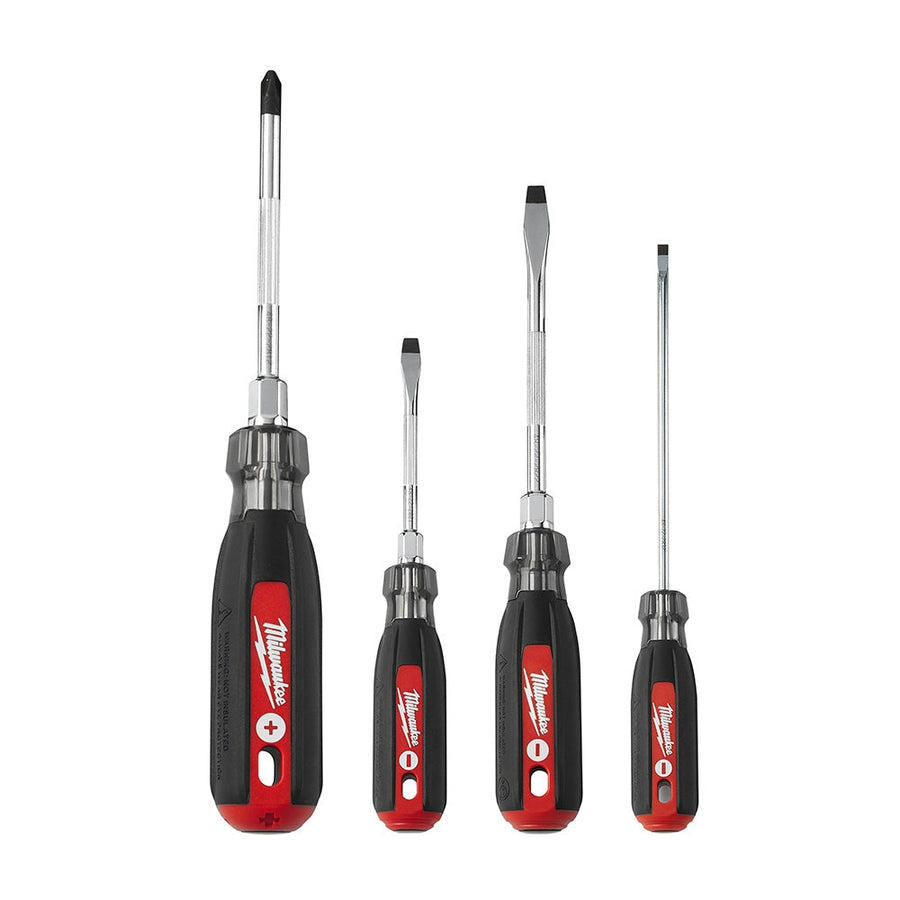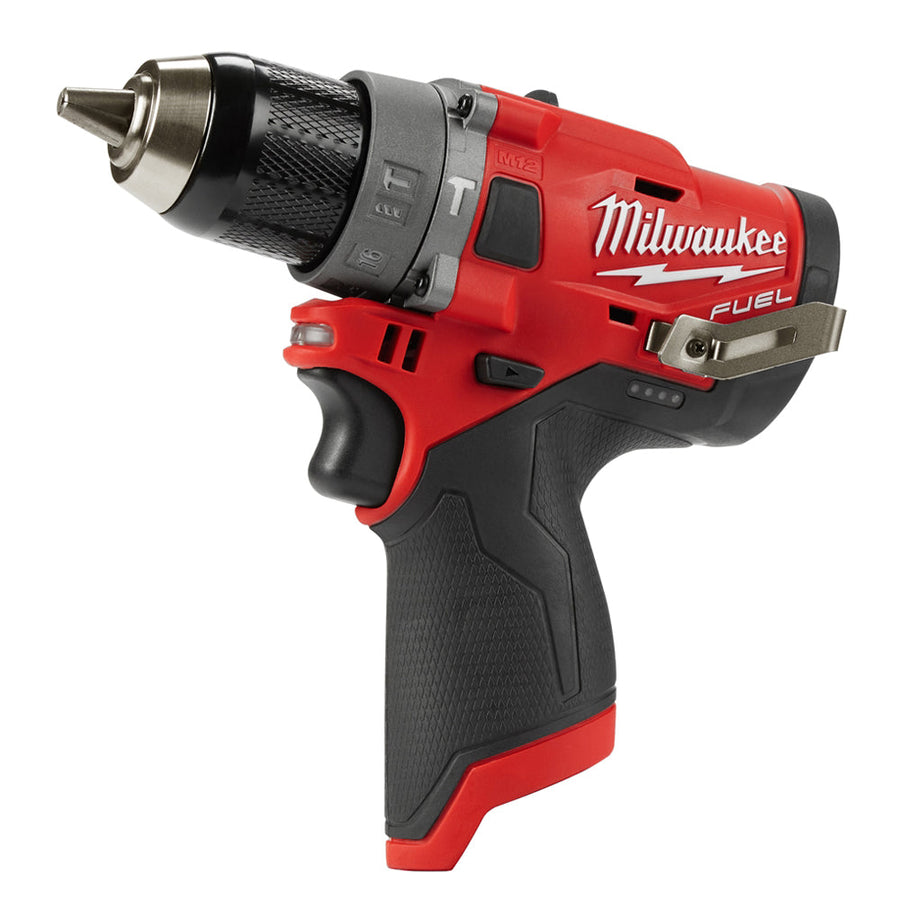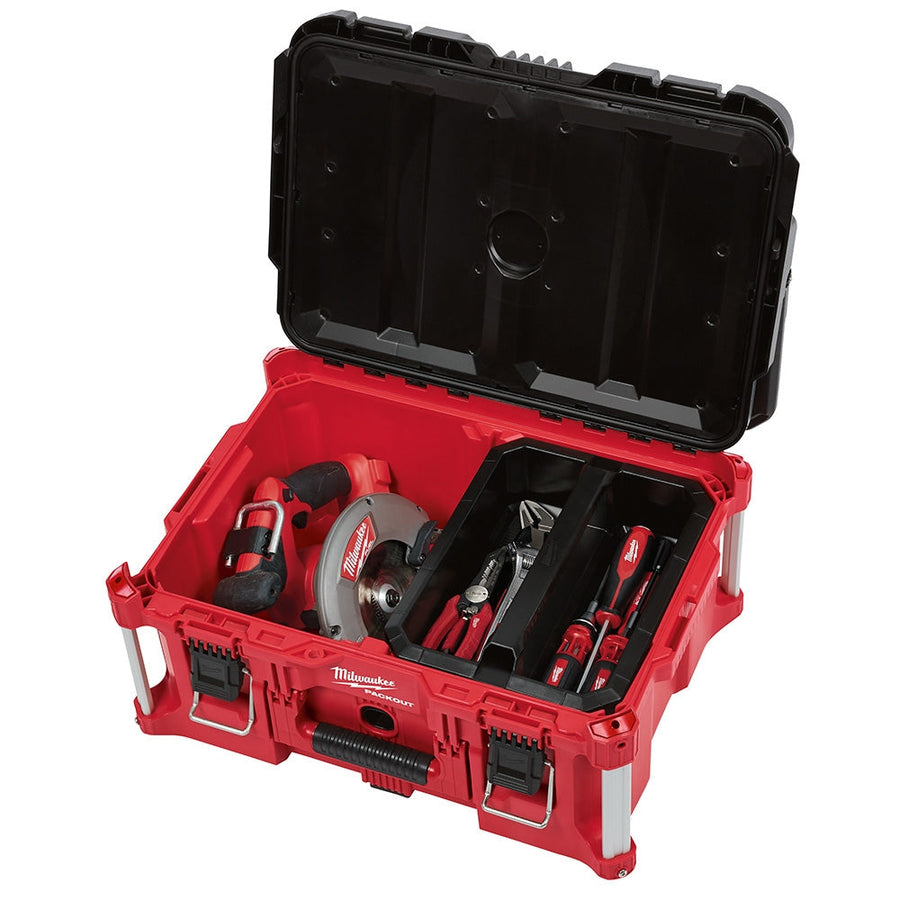As with any greenhouse or nursery, maintaining plant safety in a grow room requires a focus on proper ventilation.
Many of you plant-parents out there likely already know how vulnerable plants can be to a sub-optimum environment, and indoor grow rooms are no exception. Without a solid plan to ventilate your grow room or indoor greenhouse, your plants can fall victim to temperature buildup, excess humidity, and even unpleasant odors that can affect the growth of your plants (as well as the environment in your home overall).
When most growers hear ‘ventilation’, they might start imagining costly, elaborate vent systems similar to what many homes use for central air and central heat. However, if you’re running a smaller grow operation or you just need to ventilate on a budget, we’ve got some DIY ideas to help your grow room get all the fresh air it needs:
Keep your shelves open: Air circulation of all kinds is crucial to grow rooms, and this extends to the grow room shelves you use. Use shelves with a more open design (without a lot of sidewalls or solid backs) like wire shelves and open metal shelving to help the air flow through.
Organize your plants for airflow: The right shelves are only half the battle, however. Too many plants packed too close to one another can lead to imbalances in airflow and ventilation, as well as competition for sunlight and resources, so make sure your plants are spread as far apart as they can be to maximize your space while helping them get the oxygen and sunlight they need.
Find the right fans: In areas where space is a concern, you may not be able to install an entire ‘traditional’ ventilation system with ducts, hoses, and the like. For situations like this, the right industrial fan will be needed - something that can either work as intake or exhaust to help the air move the direction you want it to, which in this case will be out a door or out a window for more temperate environments. Larger shop fans will work great in this situation, but if you’re really hard pressed for options you can use a couple of box fans - tower fans won’t provide the same air movement or coverage as the larger blades in a box fan will.
Know how to establish the right environment: When it comes to ventilation, you want to make sure you establish negative pressure in regards to the room’s atmosphere. Negative pressure refers to the amount of air pressure in the room relative to the space around it; if you use a grow tent indoors, you’ll know you’ve established negative pressure by seeing the sides pull inwards a little bit. Otherwise you can use an indoor barometer to compare the air pressure in your grow room compared to the space right outside.
Arrange your fans properly: This may be the most important step. Maintaining ventilation, even with a smaller two-fan setup, will require the right placement of fans to keep your air flowing the direction it should be. Take your larger circulation fan and mount it on a wall or ceiling by your plants, preferably away from any vents like heating ducts that may be pointing into the room already. For the second fan (being used as exhaust), you should point it out the door or window as close to the floor as possible (or sat directly on the floor) to point the air the right way while helping pull humidity away from the plants, where it will be concentrated most.


